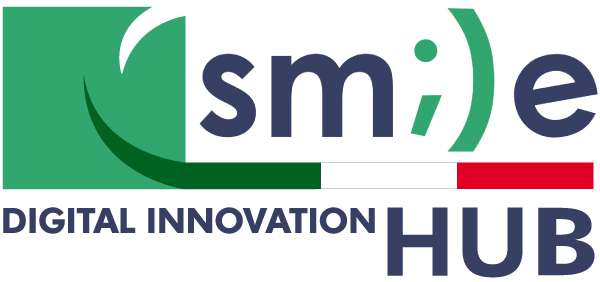Use case: Nexus4FCA
Quality monitoring in automotive production using IIoT technologies, AI and machine learning
Organizations involved
Stellantis – Plant of FCA in Pomigliano D’Arco (manufacturing company, which deals with the welding process of vehicle body coatings) and Nexus TlC Srl (solution provider)
Objectives obtained
The solution adopted involves the use of Artificial Neural Networks and artificial intelligence (AI) and machine learning algorithms to constantly monitor the quality of production and the state of the machinery in order to predict any failures or anomalies even before. problems arise.

The challenge
Every company that produces knows how important it is to carry out a quality control on its production but above all how essential it is to maintain its machinery to avoid breakdowns and production stops.
The idea proposed by Nexus TLC Srl is to use innovative systems for quality control and for the “unified” analysis of the state of machinery controlled by an Artificial Intelligence that makes use of machine learning algorithms to predict failures or improve production quality.
The solution
The solution adopted involves the use of Artificial Neural Networks and artificial intelligence (AI) and machine learning algorithms to constantly monitor the quality of production and the status of the machinery used in order to predict any failures or anomalies before even if problems arise.
The scenario considered is that of the bodywork process, such as that carried out at the FCA (Stellantis Group) car plant.
Suppose we want to monitor and control, in particular, the quality of the welding points in real time to understand if the finished product is qualitatively valid or if there are any anomalies. What Nexus Tlc did in practice was to train an Artificial Neural Network to recognize good quality welding points from poor quality ones in such a way that it returns a result, in the form of a “score”, to be associated with the analysis of the quality.
As demonstrated by the tests conducted in the field, the Artificial Neural Network was able to recognize a statistically consistent number of welding points performed, for which it assigned a “score” from 1 to 100 on the quality of the weld itself; the score is assigned obviously taking into account what has been learned during the training phase. Each “score” is saved in real time in a database, together with the unique identifier of the test and a time stamp, so that it can be immediately processed to promptly report the presence of any problem.
PLC and sensors
Each production machinery has a control and management PLC on board, often connected to the network. The idea was to “aggregate” in a single point all the data from all the PLCs of all the production machinery or in any case only those related to that specific production area. This made it possible to obtain a single dashboard for the control and management of the machinery but above all the possibility of acquiring and working on several parameters at the same time.

Control of welds with vision systems, artificial intelligence and machine learning

Dashboard that displays the collected data and qualitative analyzes in real time with a “score” table

Obtained results
The fundamental aspect of the whole project is to be able to analyze all the historical data, both visually and in terms of parameters, in order to understand the behavior of the machinery before a possible failure or in any case a poor quality process.
Having done this (having previously analyzed the behavior), through the implementation of machine learning algorithms, it was also possible to recognize and predict a possible / probable failure.
Both the visual system based on an artificial neural network and the acquisition and analysis of all data from the machinery has made it possible to have a robust, scalable and dynamic system for the qualitative analysis of the production and maintenance of machinery.
This solution, which as mentioned was first proposed and analyzed with FCA, in particular on the Pomigliano plant – car body welding, is however applicable to any type of production environment where it is possible to “cross” data from video analysis with data coming from machinery.
The strengths of the solution presented, also shared by FCA Pomigliano itself, can be summarized as follows:
- Greater support for the qualitative analysis of processing
- Unified and remotely accessible database of qualitative analyzes
- Unified control and management of machinery
- Predictive Maintenance
- Best production quality
- Optimization of resources and control personnel
- Reduction of production stops
